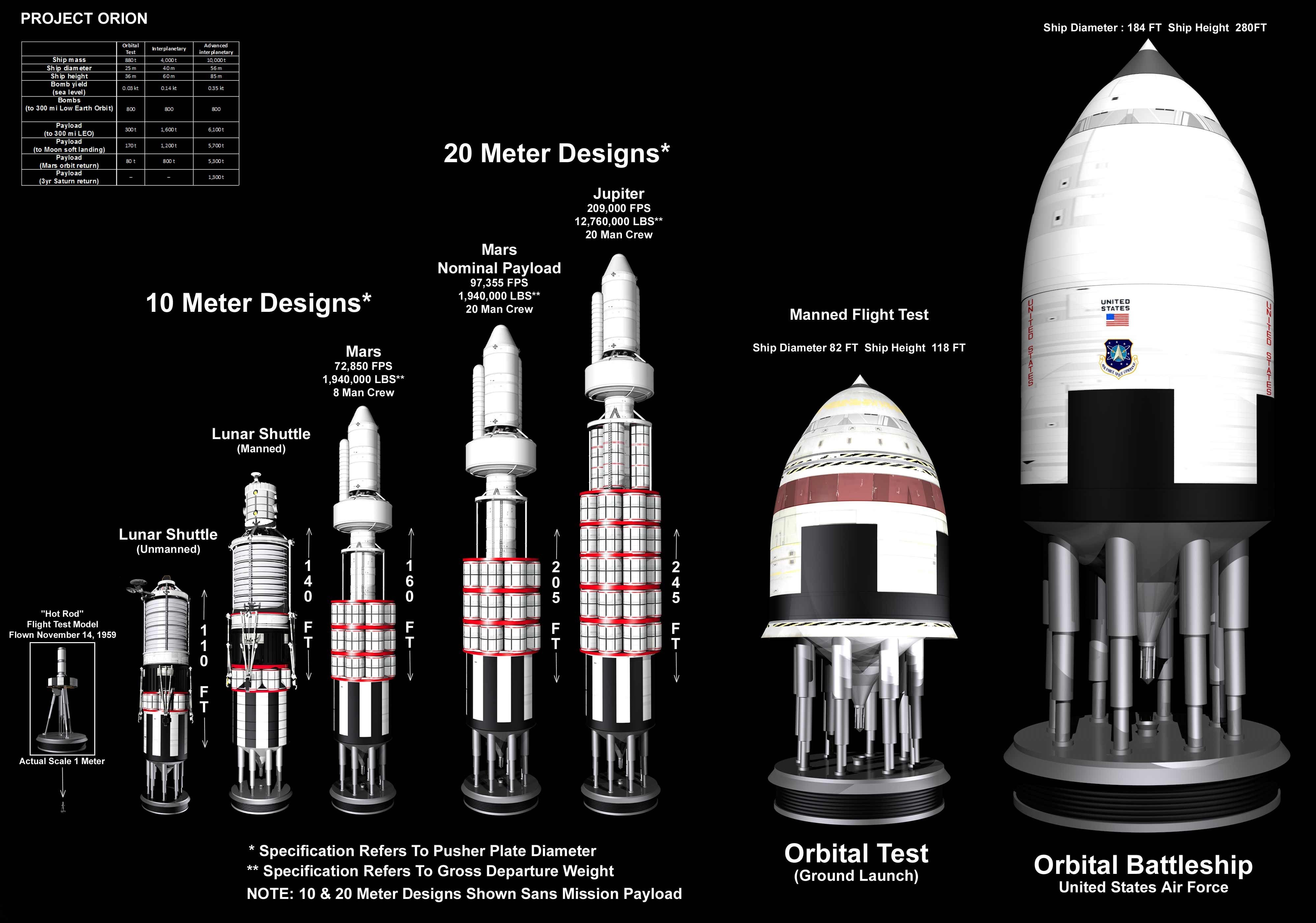A bare bones Mars mission would need.
1. A lander.
2. A taxi to take the astronauts to and from Earth orbit and back home.
3. A large habitation module with supplies and living space. Something like a Salyut 7 in size.
4.A large rocket and tank to get them out of Earth on a Trans Mars trajectory.
5 A smaller rocket and tank for the Mars orbit insertion burn
6 Another rocket and tank for the Earth return burn.
An Apollo-style Saturn V all up would be basically impossible even today. You will need a super Saturn V (basically a Saturn core stage with two S1-C boosters stapped on, thats insanely complicated).
The other realistic option would be assembly in Earth orbit and then departure.
That's feasible with contemporary technology (and lets face it, space tech hasn't really progressed much in the intervening era, Elon Musk's propaganda machine notwithstanding).
Both the Soviets and Americans have assets which can undertake assembly. The Proton and Energia for the Russkies and Titan III and the Shuttle for the US.
For 1, the lander you need to send it to Mars first. The challenges are i) its heavier than any probe ever launched which left the Earth-Moon system (I think Cassini was 5000 kg), and the Apollo LM was 15000kg. The Martian lander will be at least that weight, plus any heatshield and nose cone and ii) it will have to survive significant time in space, which is doable, Soyuz's survived nearly a year in this timeframe.
Say one launch to place it in orbit and another one to rendezvous it with a rocket that sends it to Mars.
3-6 all need to be assembled in LEO. So you end up with something like Earth Departure Stage-connected with-Mars Insertion stage-Connected with Return Stage-connected with habitation module. which connects with the Soyuz/Apollo-style capsule, which the Cosmo/astronauts are launched in and what they land in at mission end.
So a mission profile after assembly goes something like this.
Step 1: Launch in Soyuz/Apollo
Step 2: Rendevous and docking with the Salyut stack in LEO.
Step 3: Earth departure burn.
Step 4: 5-6 months coast
Step 5: Mars orbit insertion.
Step 6: Soyuz/Apollo undocks from the Salyut stack and transfers to the Martian lander, docks and powers it up. In the 1980's there was a mission which transferred crews from Mir to Salyut 7 and back again, so its doable.
Step 7: The actual landing.
Step 8: Launch to low Mars orbit and rendezvous and dock with the Soyuz/Apollo
Step 9: Transfer to and dock the Soyuz/Apollo with the Salyut stack.
Step 10: Earth return burn
Step 11: several months coast
Step 12: at Some point just before Earth arrival transfer to Soyuz/Apollo, undock and make an adjustment burn before reentery.
Step 13: splashdown, after a re-entry at interplanetary speeds.
Its technically possible. Expensive. And risky as fuck. Especially since after Step 3 they are on their own. I guess the Russians could do it. The Americans, no way, not once the Mercury-Gemini and Apollo era guys had left and the safety-first mindset was paramount. OTH, John Young was still around and OTL Pete Conrad, who worked as VP for a major defence contractor was considered for a Shuttle mission as a payload specialist in the 80's, which he refused.
So stick Young and Conrad in it.

